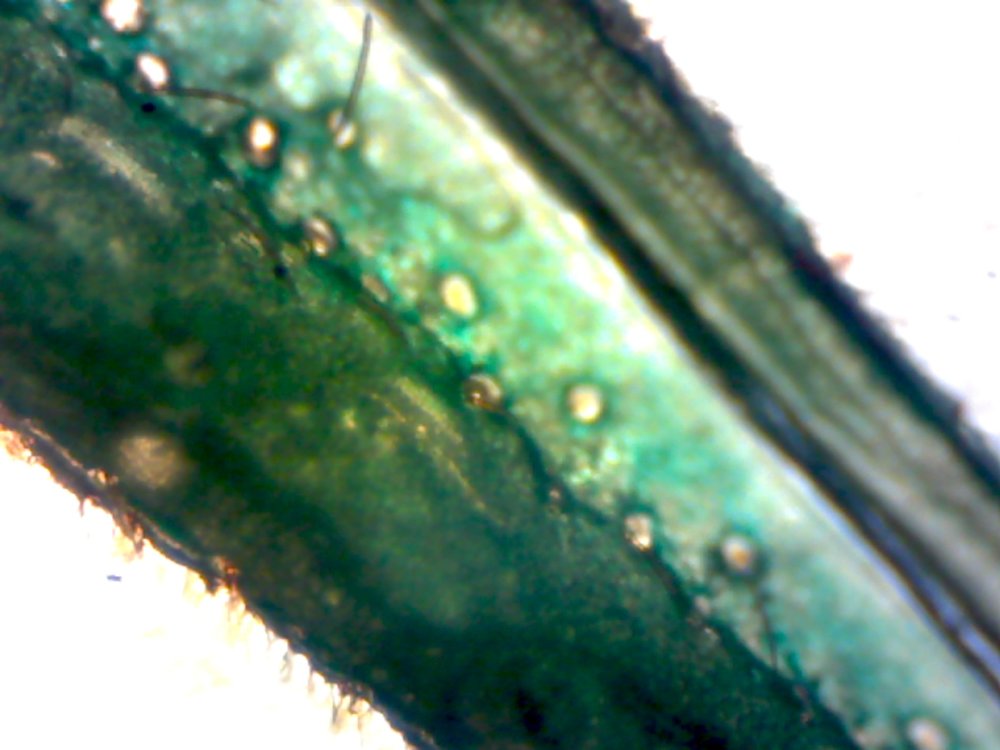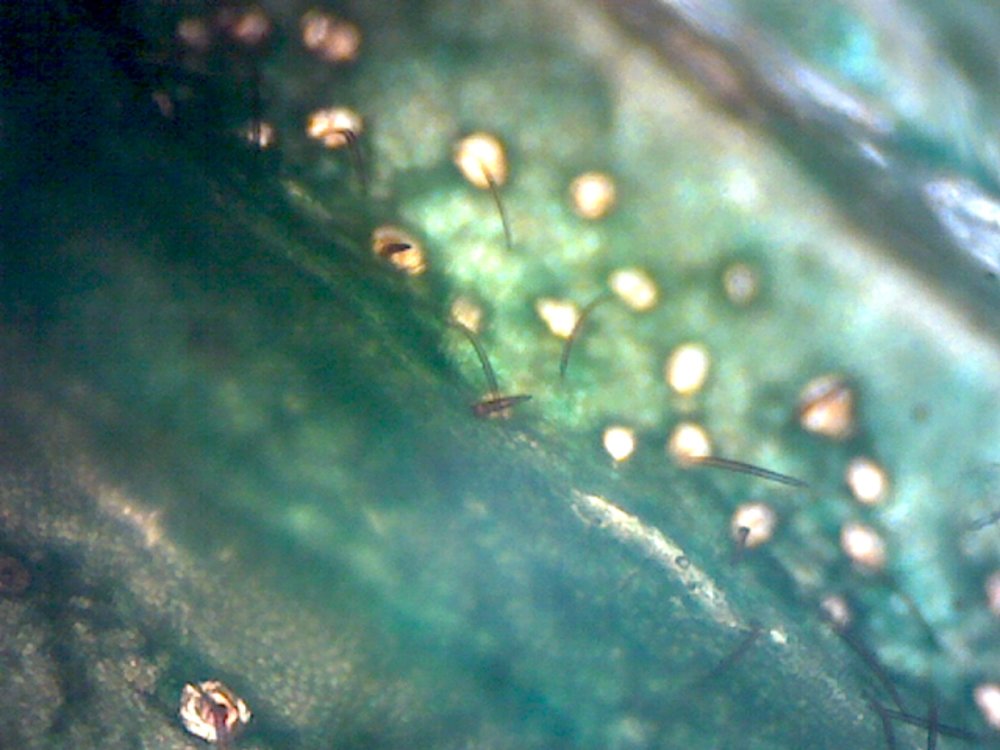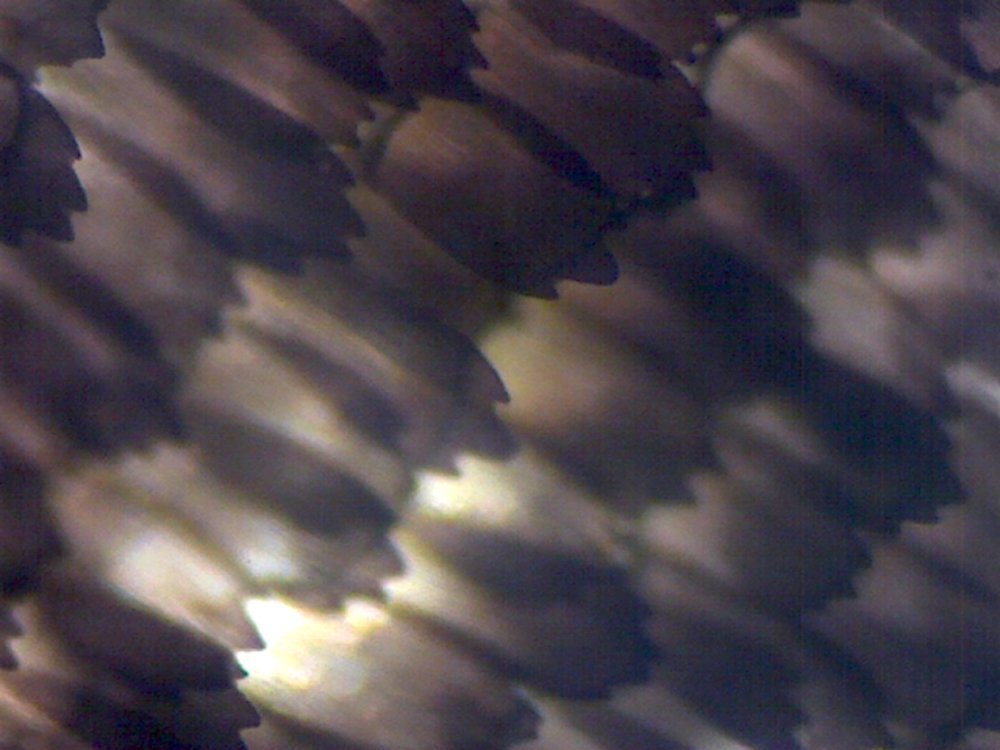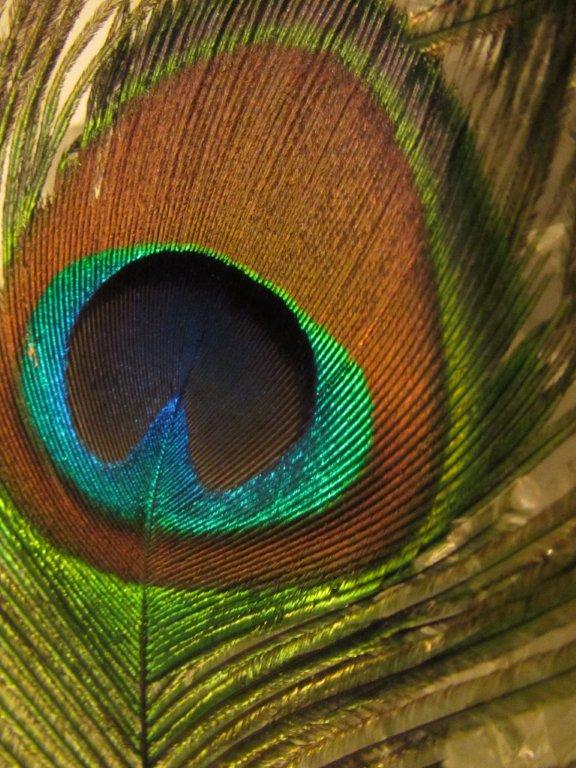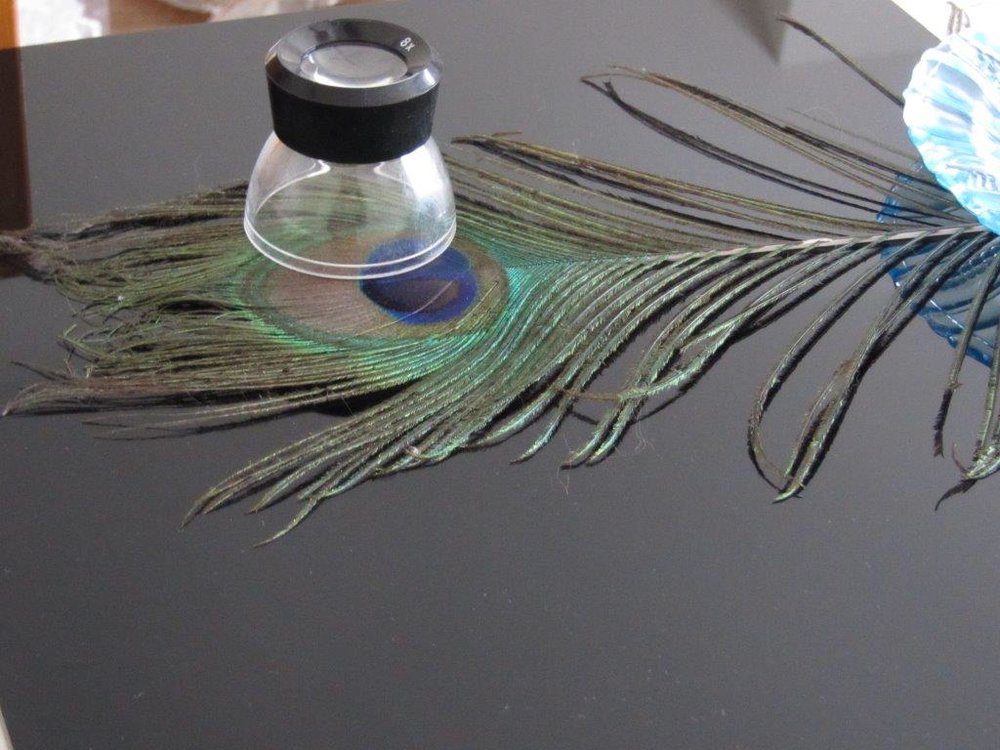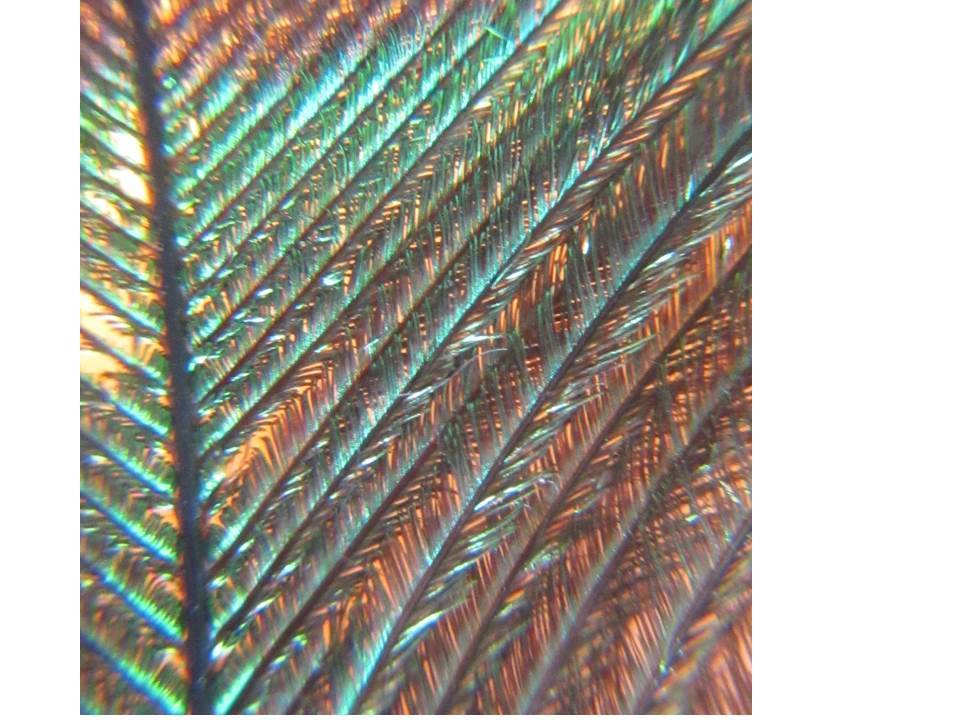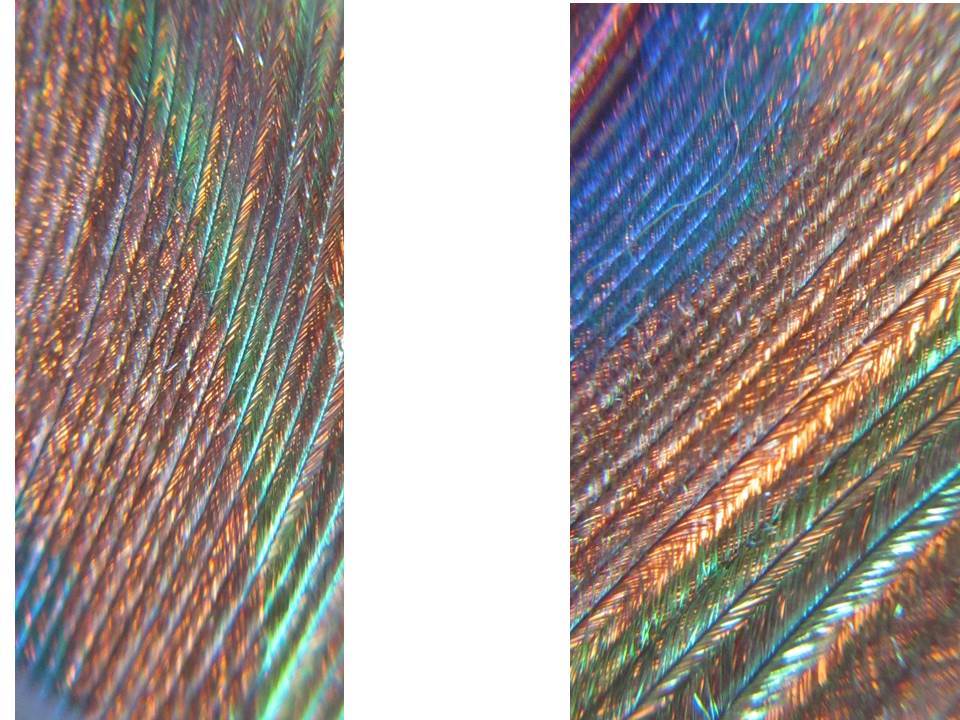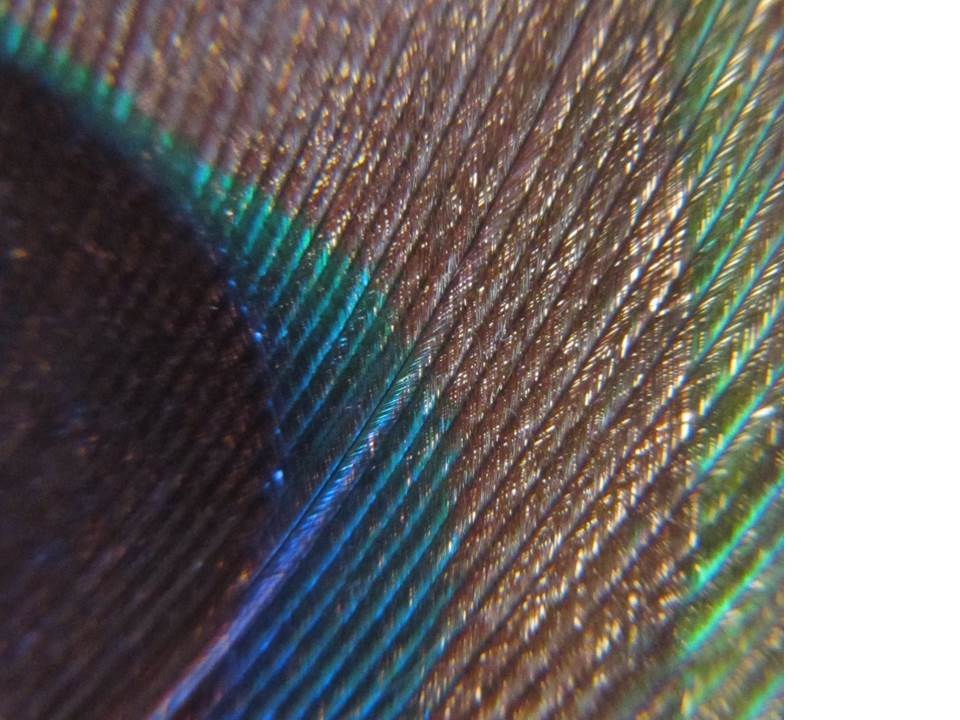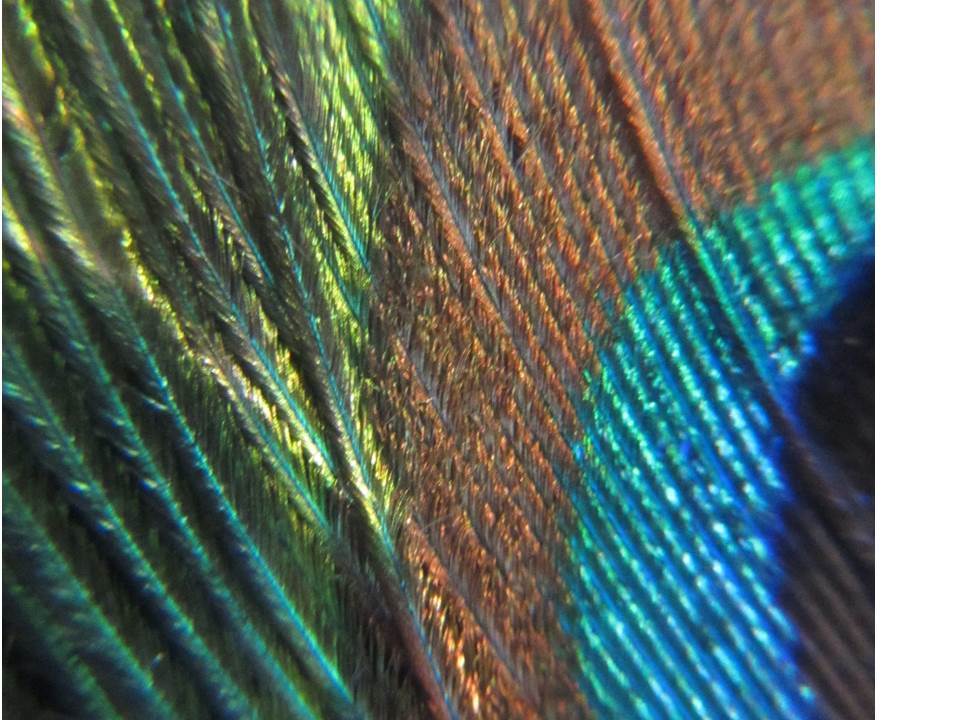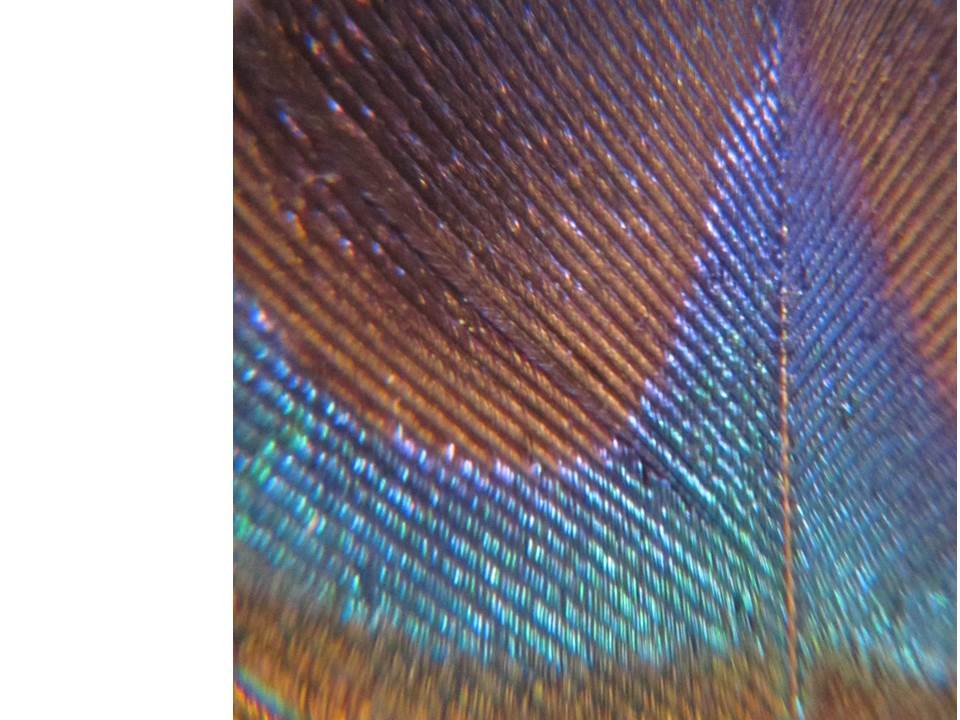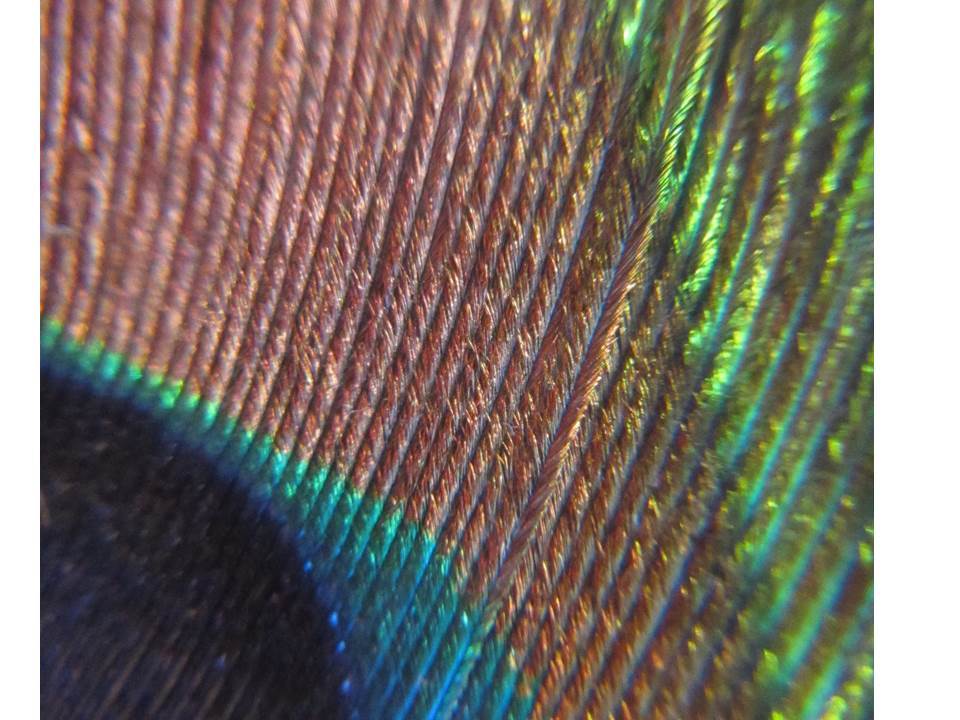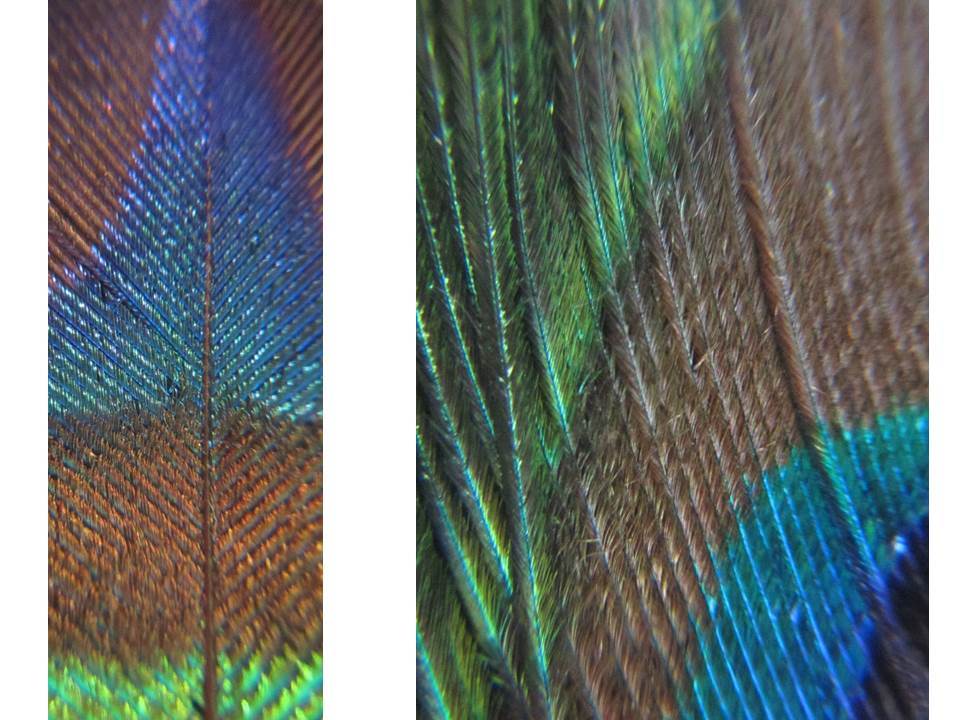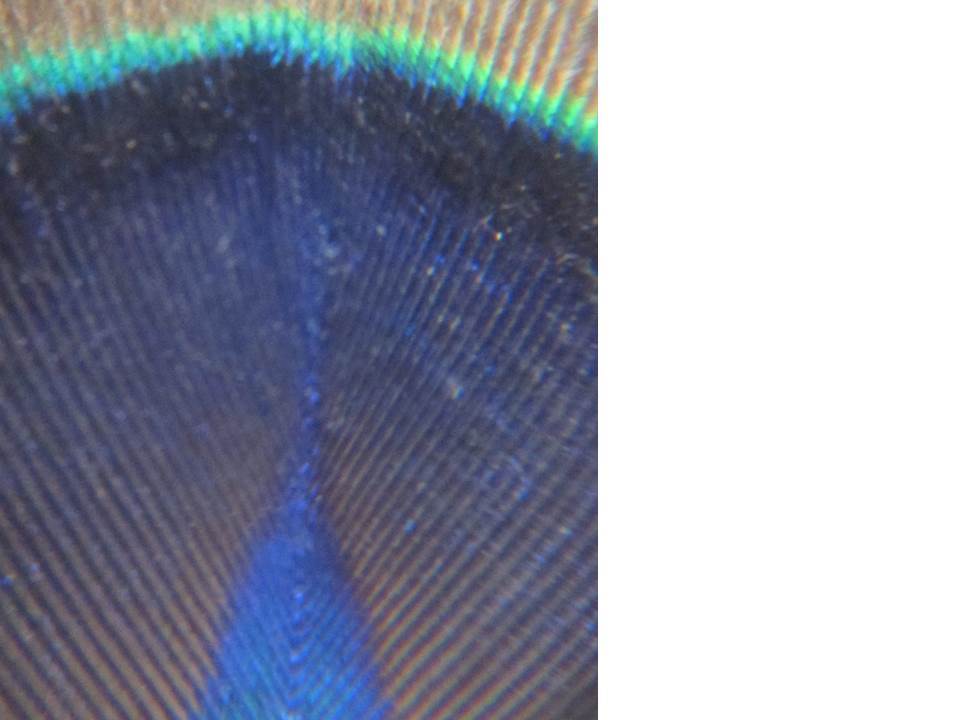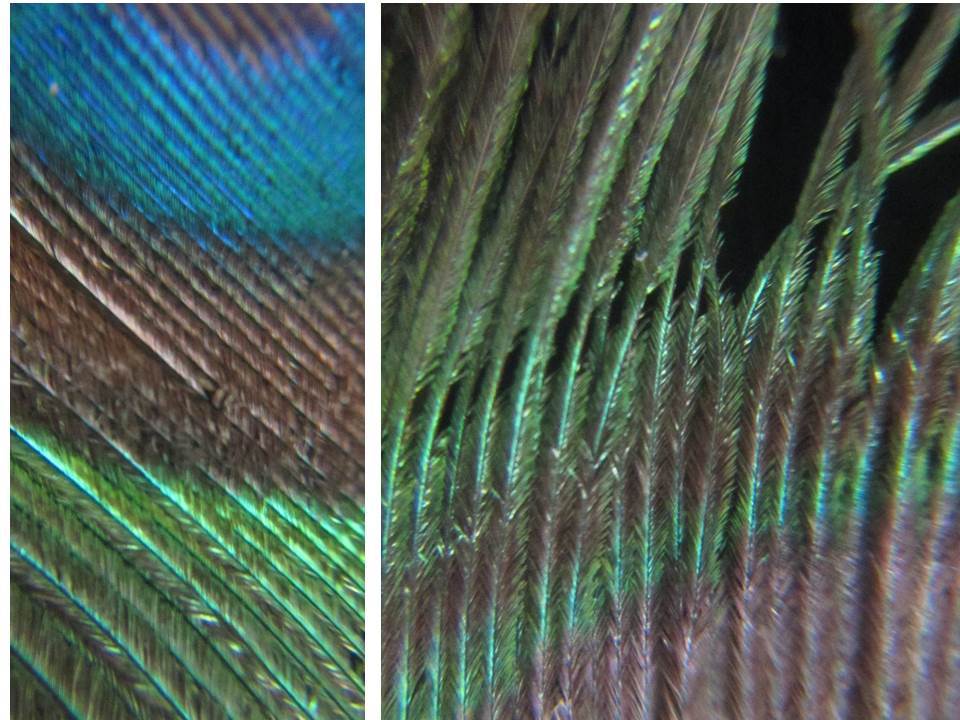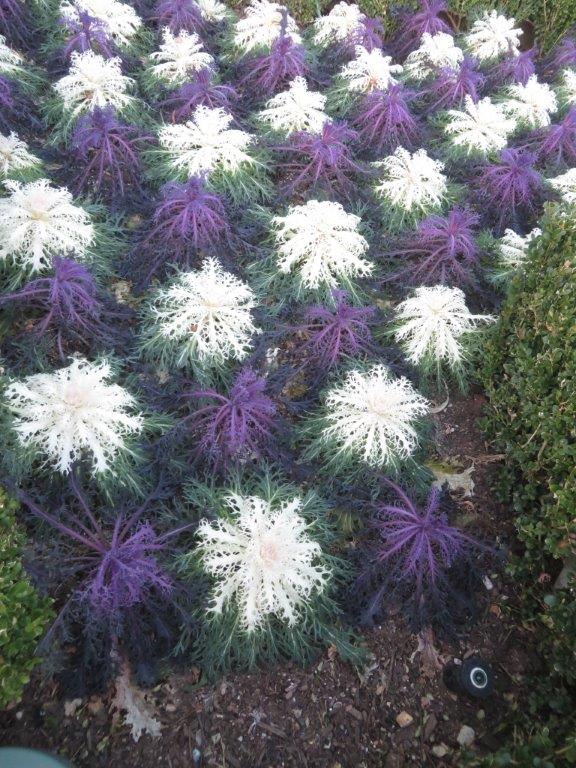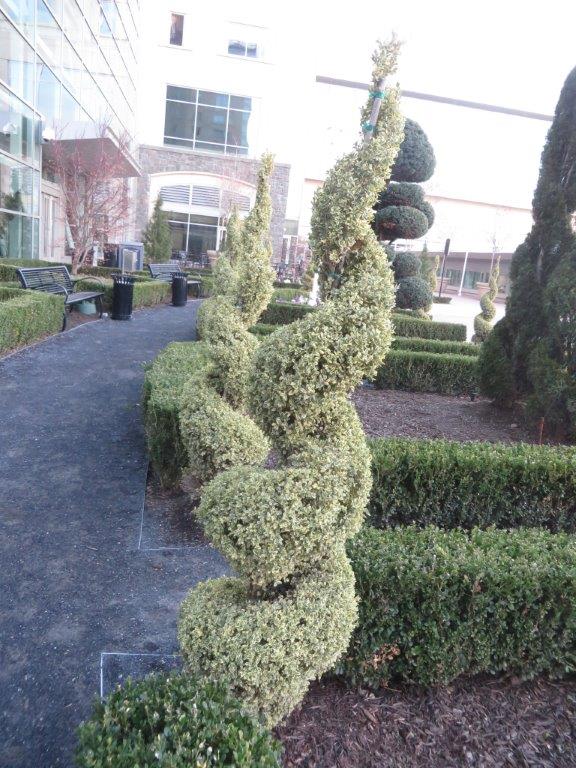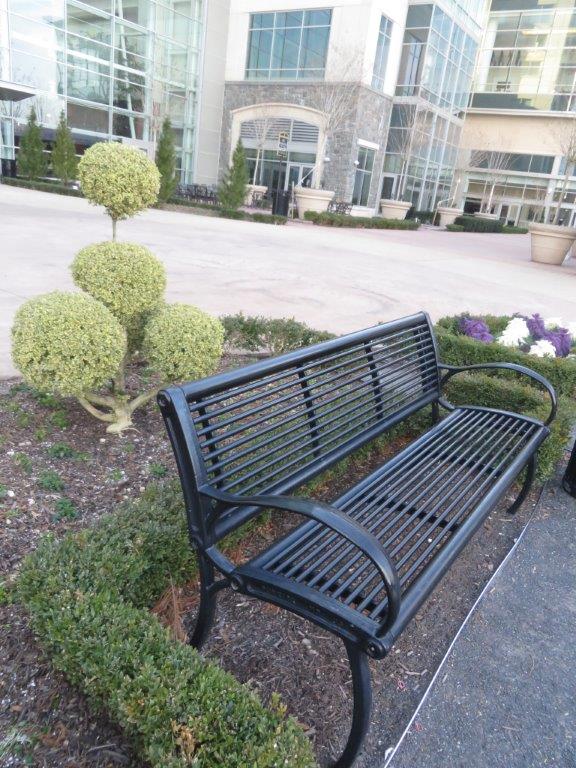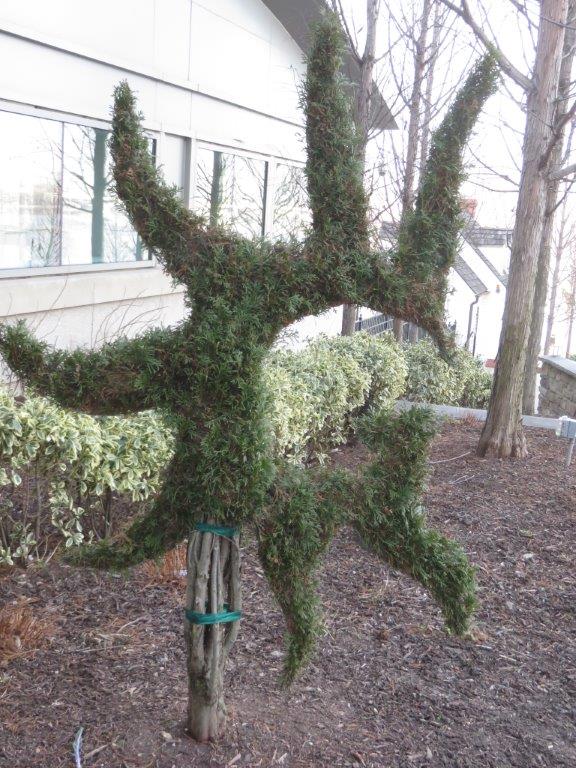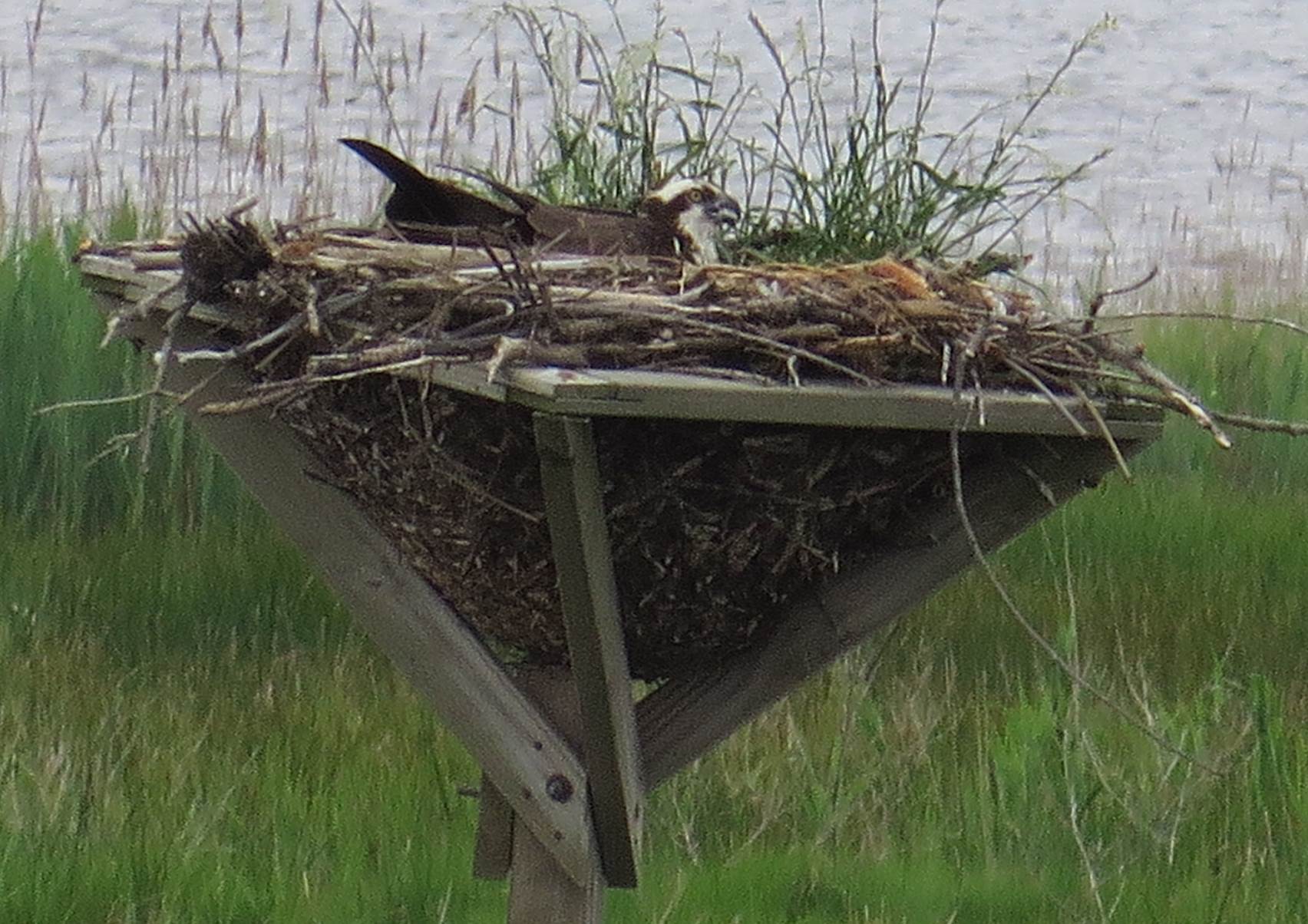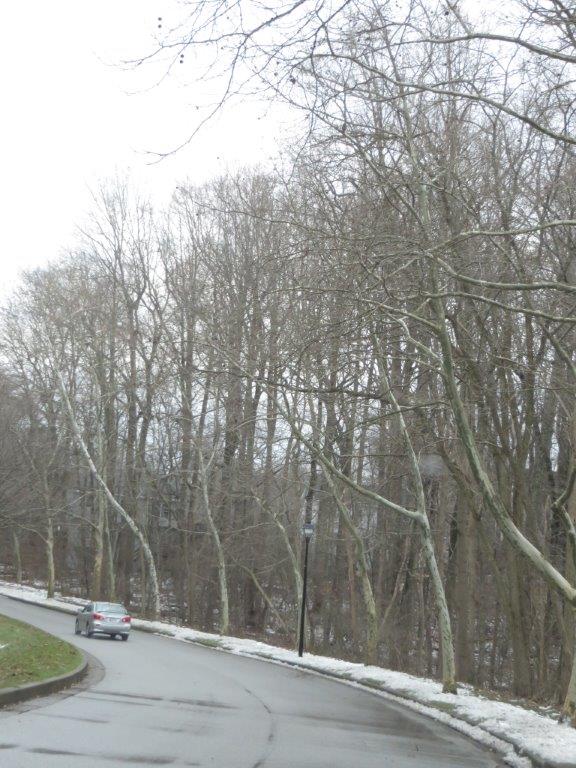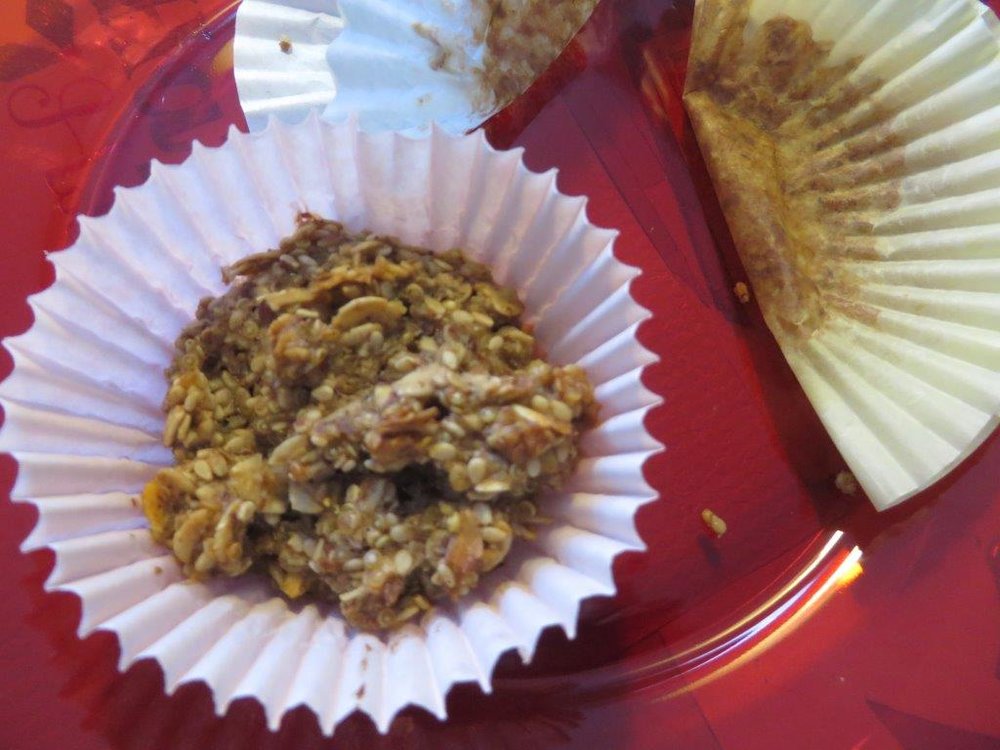Over a year ago I posted about finding something to celebrate each day. It’s an easy thing for me to do and the habit of writing it down reminds me to be grateful for these and a myriad of other things in my life. This month has been full of ‘little celebrations;’ here are my top 10 for January 2014. I’ve grouped them into 4 categories this month: food, my past, looking outdoors and learning something new.
Food
Scones. I’m not sure why I thought scones were too difficult for my cooking skills….but I avoided trying to make them for long time until I saw a recipe that used a food processor for the hardest part! Now I make them a couple of times a month and vary the recipe. The original was pumpkin and ginger. The scones I celebrated this month were raisin and ginger (I like the slivers of crystallized ginger so they are part of the ‘basics’ for all my scones!
 Baked Apples. I’ve always liked baked apples but I tend to forget about them. This January we had apples that needed to be used up quickly….so I got back in the habit. I had baked apples three days in a row! I bake the in the microwave for 2 minutes then add other ingredients before microwaving for another 2 minutes. My favorite ‘other ingredients’ are orange zest, pecans, and marmalade!
Baked Apples. I’ve always liked baked apples but I tend to forget about them. This January we had apples that needed to be used up quickly….so I got back in the habit. I had baked apples three days in a row! I bake the in the microwave for 2 minutes then add other ingredients before microwaving for another 2 minutes. My favorite ‘other ingredients’ are orange zest, pecans, and marmalade!
Homemade soups. Soup is my favorite food on cold days - and I never buy soups in cans these days. Many times I enjoy the leftovers used in soups more than the original meal they came from!
My Past
Wedding Anniversary. I celebrated over 40 years of marriage this month. Noting the date always reminds me of the broader need to celebrate and appreciate the durability of our family ties overall.
Friend from Long Ago. Rediscovering a friend from a long time ago is such a pleasure. It is invigorating to rediscover that the kernel of our younger selves is still within us!
Look Outdoors
This January has been too cold here in Maryland to do much outdoors….but the views through windows have been intriguing.
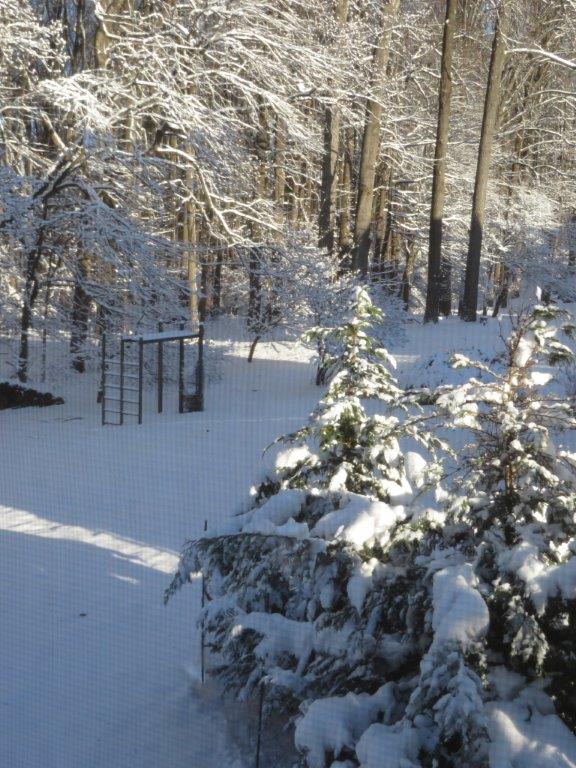 Snow. The snow has stayed on the ground for a long time. At first it is pristine and there are bits on the larger branches of the trees. Then the tracks of deer and squirrels are evident the snow on the trees either melts or is blown away.
Snow. The snow has stayed on the ground for a long time. At first it is pristine and there are bits on the larger branches of the trees. Then the tracks of deer and squirrels are evident the snow on the trees either melts or is blown away.
Fog in the forest. One morning the humidity and temperature combined to create a dense fog. The forest behind out house looked as if it were holding the fog in its branches.
 Robins. The flock of robins from a few days ago was a pleasant surprise.
Robins. The flock of robins from a few days ago was a pleasant surprise.
Learning Something New
The new semester on Coursera. I’ll write a longer post early next month …when I’ll have more experience with the courses. What I am celebrating right now is that the first week of the courses I’ve started has been so good!
Soil science. I went to a lecture on this topic and was surprised at how much I learned…..and that I followed up to check the soil suitability for my neighborhood (It was quite a relief to know that the soil was suitable for houses with basements!).












